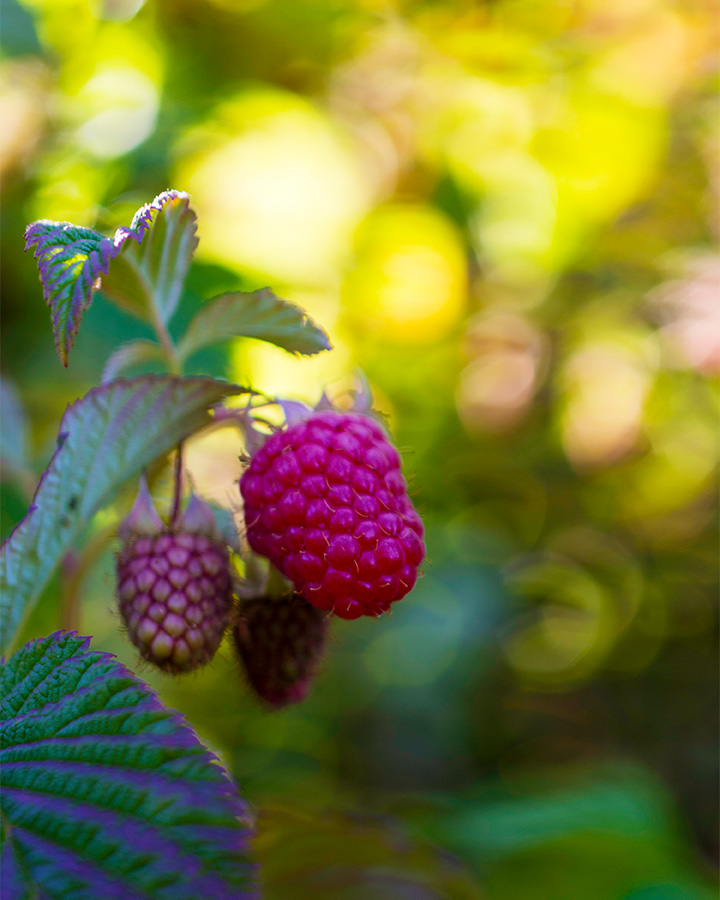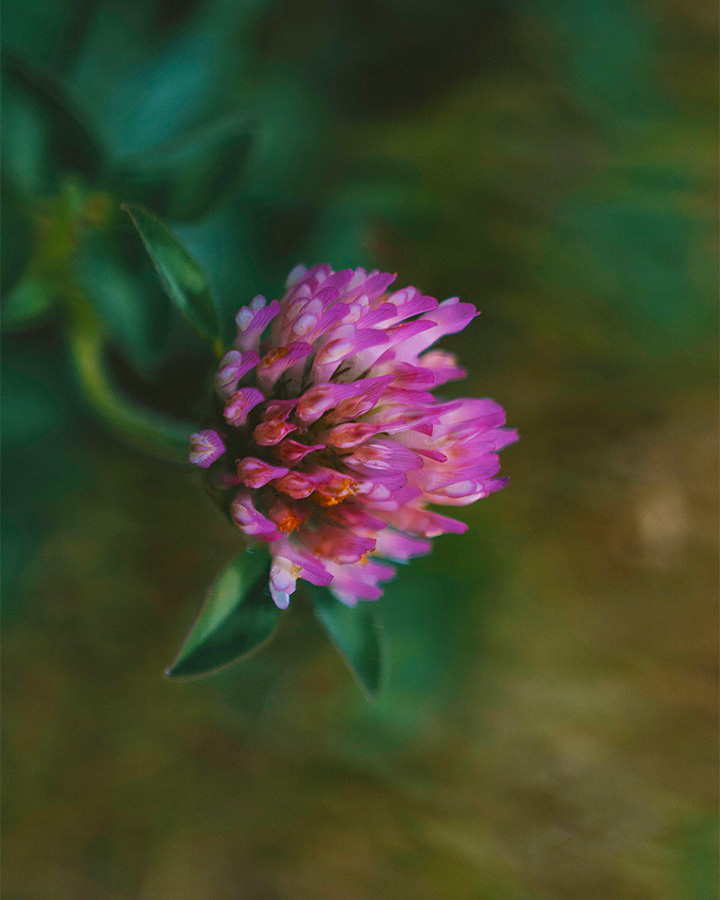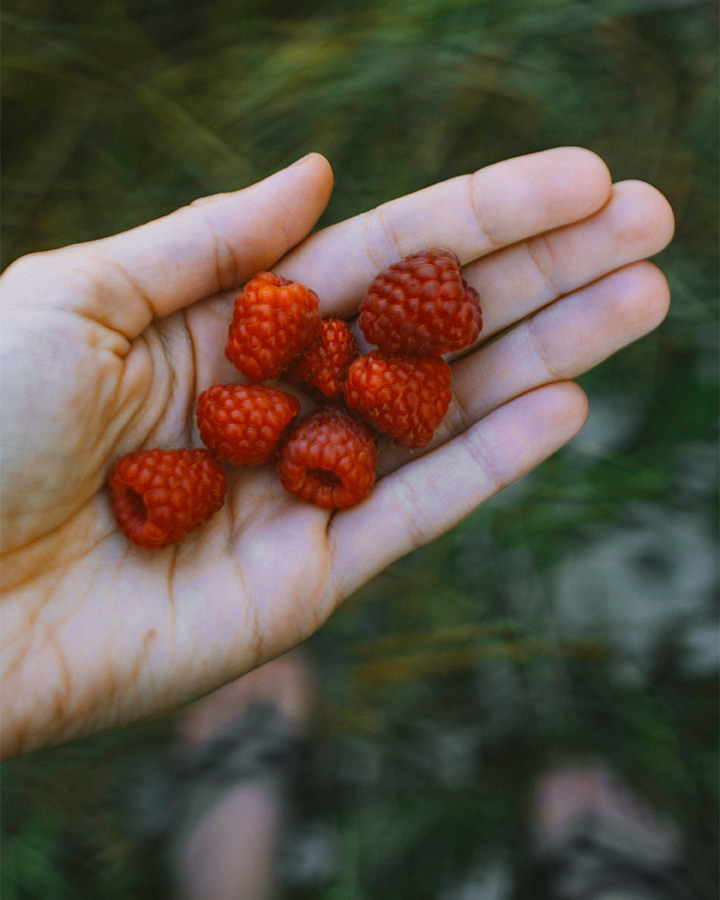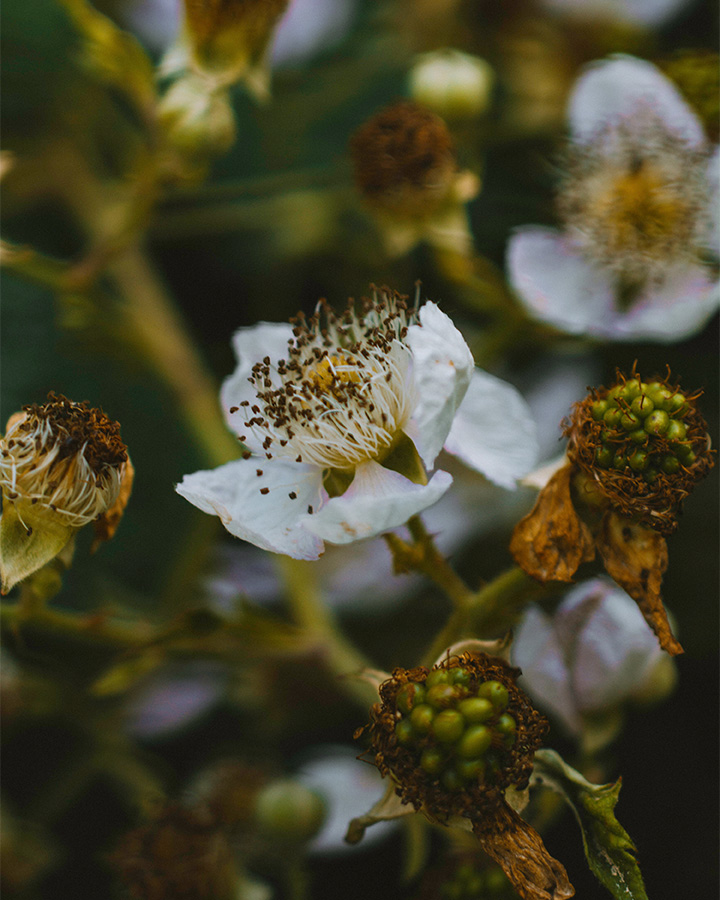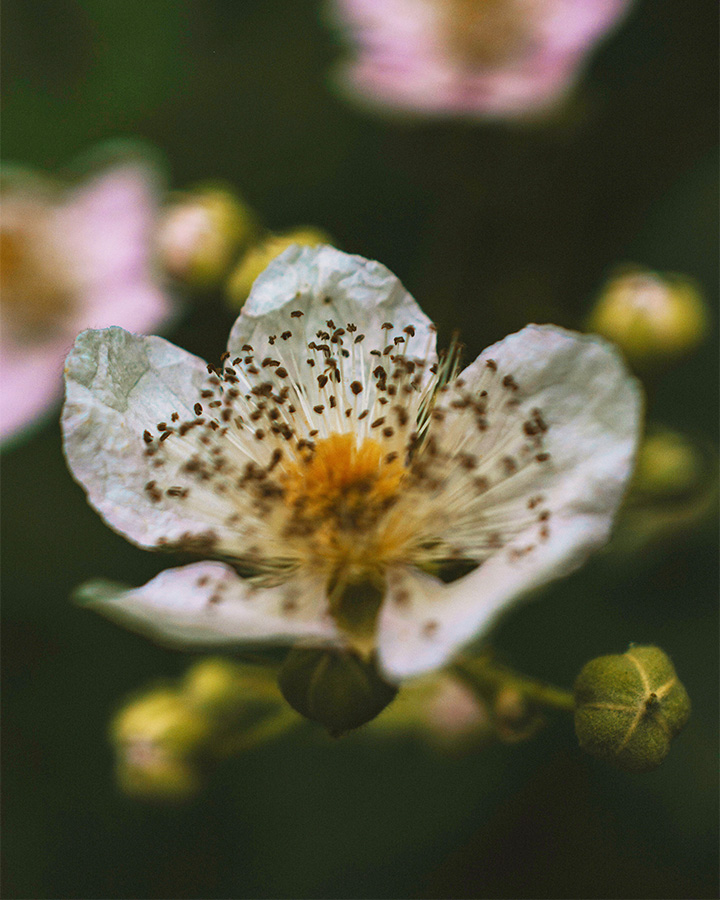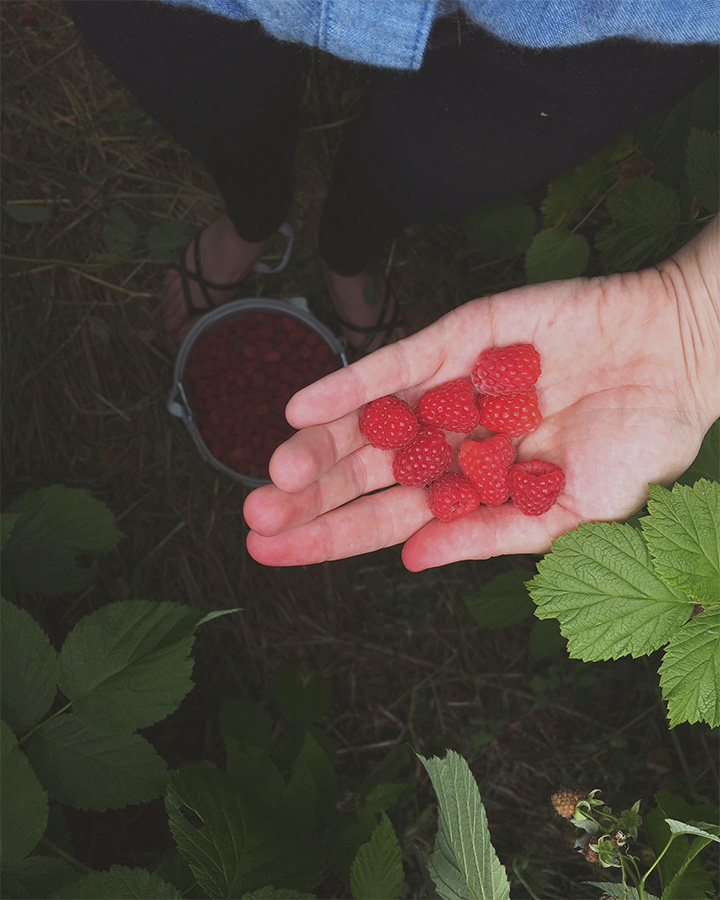The Importance of Foraging Sustainably
Foraging is helping to connect people to their natural surroundings. For me, it’s been a way to learn more about my local environment and the plants that inhabit it. It’s also a great way to get valuable nutrients that have grown in healthy soils undamaged by industrial agriculture. My local forest is full of edible and medicinal plants and chances are that yours is too!
While most people forage sustainably, economic incentives have driven people to disregard sustainable practices in favour of profitability. The consequences are dire for many fragile ecosystems and can result in a loss of biodiversity, food for animals, and the extinction of entire species. Some places have even banned foraging to keep ecosystems safe. Here are 8 tips to help you forage sustainably.
Tips for Foraging Sustainably:
Correctly Identify Plants
Take a foraging class, buy a guidebook, and educate yourself on how plants change through the seasons. These are all ways that you can learn to correctly identify plants. This is not only important for your own safety but for sustainability. If you are not sure on the identification of a particular plant then leave it alone and come back another time better informed. Some plants are only edible during certain parts of the year, others have edible parts and toxic parts, and some need to be prepared in a particular way to be safe for consumption. All these things need to be considered before foraging.
It’s particularly useful to learn from your local experts. They can help you learn what to look for and what to be cautious of. Some people do not try a plant until they watch an expert do it first. A reputable guidebook can be a great resource, but sometimes the botanical drawings can look different from what you are seeing in the field. This is why it is useful to learn from someone else and check again with a field guide.
Avoid Over-Harvesting
Do not to pick more than you will use. You don’t want anything to go to waste. If you are harvesting a plant for the first time, take a small amount, try it, and return later if it works for you. There’s a chance if you are eating something for the first time, that it will not settle well with your stomach, you might have an allergy, or you may have misidentified the plant.
A rule of thumb for foragers is to only take 1/3 of a plant or grouping of plants. This ensures the plant can recover from the damage you’re doing by harvesting.
Don’t Cause Unnecessary Damage
If you only need one part of a plant, take care not to harm the rest of it. For example, if you only need the leaves of a plant, keep the roots in tack. Or, if you are collecting pine resin, look for trees that are already damaged instead of damaging them yourself.
Be careful that you aren’t treading on fragile ecosystems. When possible, stick to trails and wander off only where it is permitted and when you need to.
Lastly, be sure to check the status of the plant you are harvesting and your local laws. While a certain plant may not be rare in one area, it could be in another. Never pick threatened or endangered species and never pick from protected areas.
Grow a Garden with Local Plants
Consider growing a garden if you are planning to harvest a large quantity of a particular plant. This is particularly important if you are selling versus using a plant for personal use. Gardening with native plants will also help your local pollinators and can provide a natural habitat for various species.
Know Local Contaminants
Make sure you steer clear of herbicides, pesticides, fungicides, pollution, industrial runoff, and other potentially hazardous chemicals. While your local forest might look pristine, it could be dangerous if it is contaminated. It’s important to learn about the local areas you are foraging from.
Never Stop Learning
Never stop learning about the plants that you use. The more you learn about their uses, how animals interact with them, what purpose they serve in the larger ecosystem, the better you’ll be at ensuring their conservation. Remember, when you harvest, you are taking important food from wildlife.
Give Thanks
Take a few seconds to be thankful before harvesting a plant. Being more mindful and creating a connection to nature can help us appreciate our local environment and all the species that inhabit it.
How You Can Help Endangered and Threatened Plants
One way that you can help support endangered and threatened plants is by reporting sightings to local organizations working on environmental protection. In Ontario, you can report sightings to the Natural Heritage Information Centre and in British Columbia, the B.C. Conservation Data Centre. Wherever you are in the world, a quick search should render you the name of similar organizations in your area if they exist.
Do you have any other tips for foraging sustainably? If so, let me know in the comments. You can also check out my other posts on foraging.
